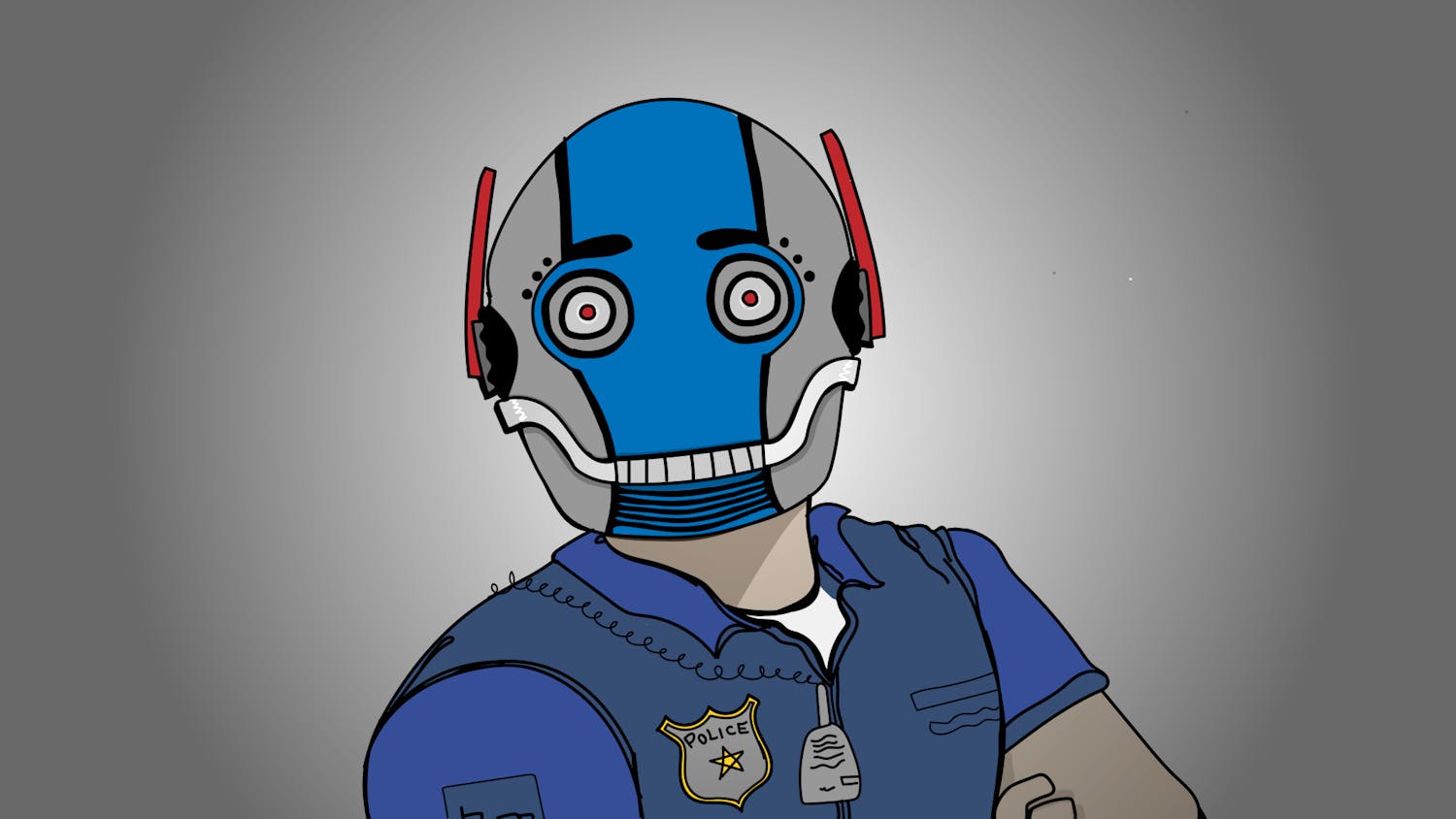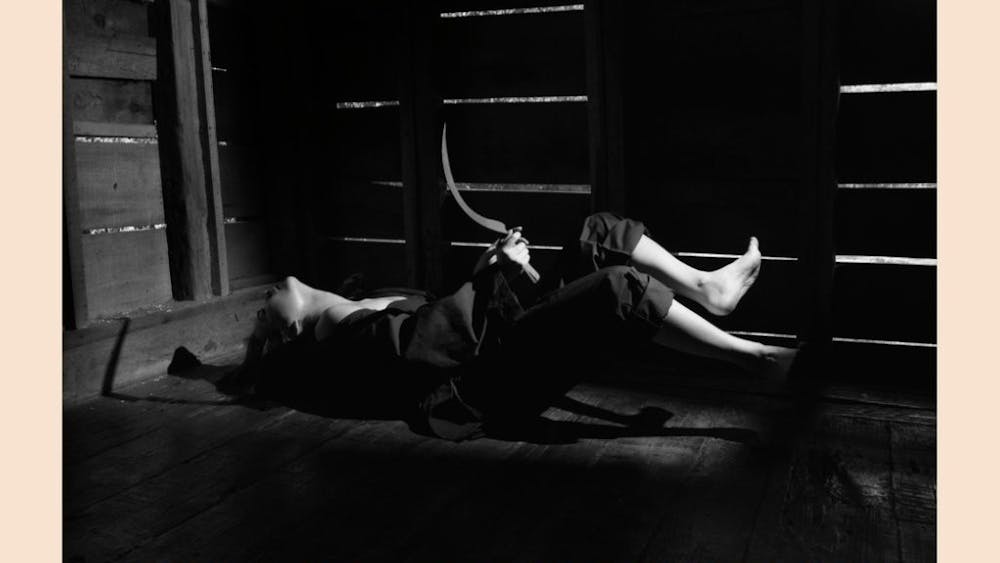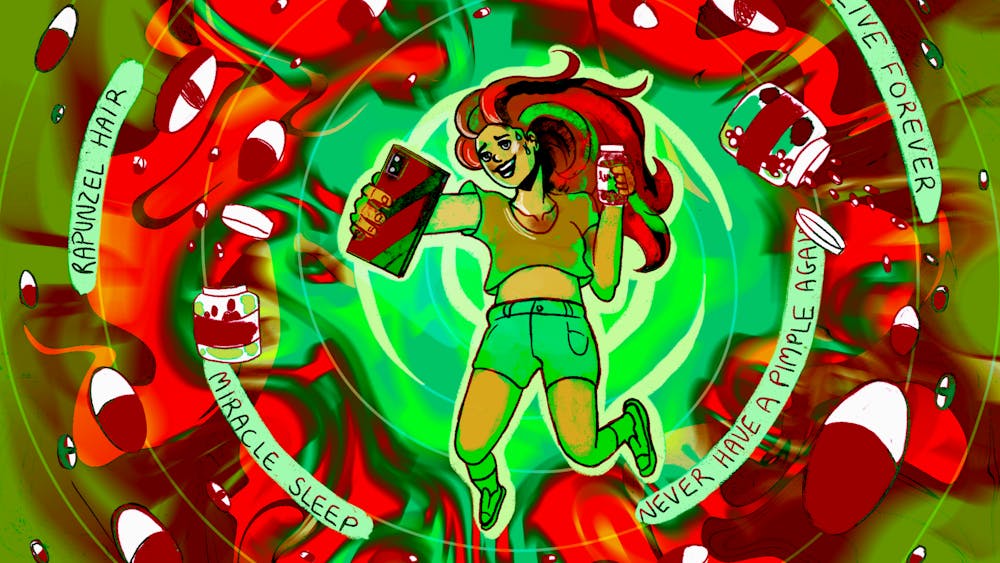Last weekend, I was victimized by the sidewalk along Seventh Street. There I was, an innocent civilian, walking along, having a jolly good time. But I never had a chance. I never saw it coming, the evil menace to pedestrians everywhere: uneven terrain. My usual grace failed me, and I knew I was going down. Within a matter of seconds, I was face-to-face with concrete.\nI would expect the initial reaction from my comrades to be a frantic, "Are you OK?" or something at least in the genre of sympathy or concern. No. The initial response when I bit the dust was laughter. After I got over the initial shock of hitting the pavement and made sure I was only bleeding a little bit (oh yes, there was blood), I realized that through the eyes of an observer, my spill could be perceived as humorous, especially considering the momentum with which I hit the ground.\nThe classic trip-and-fall is always funny. Maybe empathy will force us to devote at least a nanosecond to showing concern for the fall victim's well-being, but after that, we're slaves to the humor. How else can we explain why the "I've fallen, and I can't get up" commercials from LifeCall alert, a personal emergency response system, have become a cultural landmark? In theory, the idea of an elderly woman falling is the least funny concept ever. Yet the commercials bore a comedic legacy that lives on more than a decade later.\nIt seems almost morally wrong to find amusement in the plight of our fellow man, especially when it pertains to his run-ins with gravity. But it appears to be an inevitable part of human nature. When it comes to minor accidental injuries, we're all just a little bit sadistic.\nIf we look at the cycle of a trip-and/or-slip-and-fall, the presence of amusement, in the end result, is counterintuitive. Person A loses his balance. He struggles to stay upright. He stumbles and ends up a heap on the floor. He is likely experiencing some degree of pain. Person B, an observer, laughs at the expense of Person A. Why?\nAs rudimentary as it might seem, slapstick will never die. According to Psychology Today, physical humor is the easiest form of comedy for the brain to understand. Physical humor is easy to appreciate without a complex mental process. \nIt doesn't matter how often you read The Wall Street Journal, how many times you've denounced "The Three Stooges" or how often you wear a suit. Regardless of how sophisticated you claim to be, I'm willing to bet money that at least once in your lifetime, you've at least cracked a smile at the sight of someone tripping. Maybe it was even you who stuck your foot out.\nObviously, there's no rule that says human suffering is funny 100 percent of the time. According to the statistics of Occupational Safety and Health Administration, falls account for the greatest number of fatalities in the construction industry. But humor has no limits. I know at least one person laughed upon reading that statistic. \nIronically, the thread that binds us all together is the same thing that causes us to laugh at each other: We've all been there, and we're glad it's not us this time. Sure, I wasn't laughing when I became more intimate with Seventh Street, but had I seen someone else in the same dramatic tumble, I'm sure there could've been giggling on my part. The trip of a random stranger is funny, but if it's someone you know ... even better. The closer you are to the fall-ee, the more hilarious the fall. You might say love is directly proportional to falling down amusement.\nThe fall of your fellow human is hilarious. Please don't watch your step.
Another one bites the dust
Get stories like this in your inbox
Subscribe





